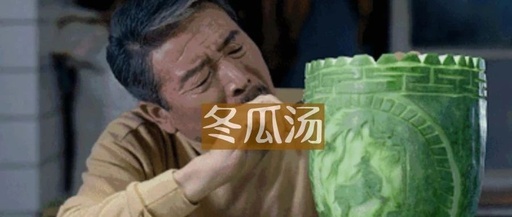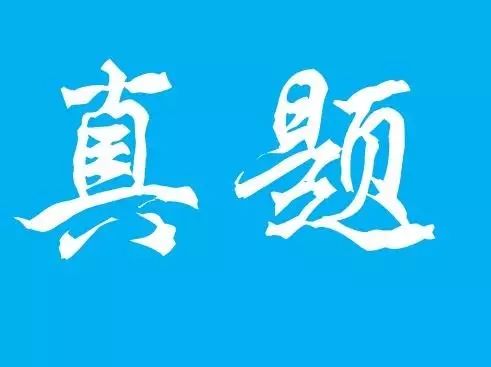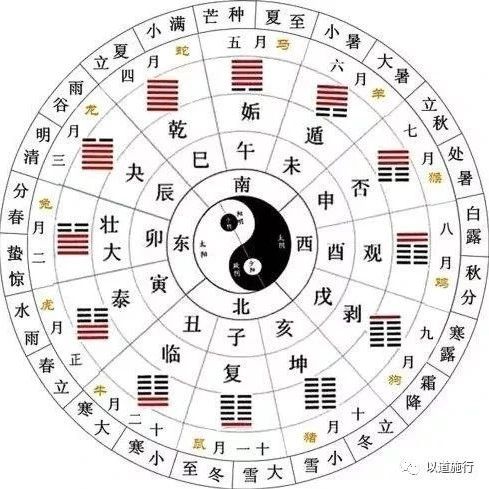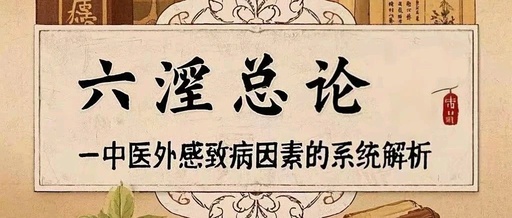Summer Damp Heat | Winter Melon Soup
Author | Luo Dalun Transcriber | Guo Shala Source | Dalun Parenting Talk In many parts of China, summer is not as dry and refreshing as in the Northeast. The Northeast and Northwest regions are dry and hot, but cool at night; whereas most areas in China experience damp heat, especially in the south. This … Read more










